In the sensational match between Jorden van Foreest and Ivan Sokolov we are constantly reminded of Jan Hein Donner, who once spoke of ‘two giants throwing rocks at each other’ when describing a chess match. Today it was Sokolov who was holding a big stone in his hand. Van Foreest didn’t run for cover – of course not –, he picked up a stone himself and threw it. But he missed, and then it was Sokolov’s turn. The same went for Nigel Short, who broke open the match with Hou Yifan with a White win.
The Dutch encounter saw another King’s Indian. As is known, Van Foreest had bought Greek specialist Vassilios Kotronias’ book on this opening after his first defeat. So we were all curious.
Sokolov - Van Foreest
1.c4 Pf6 2.Nc3 g6 3.e4 d6 4.d4 Bg7 5.Be2 0–0 6.Be3 e5 7.d5
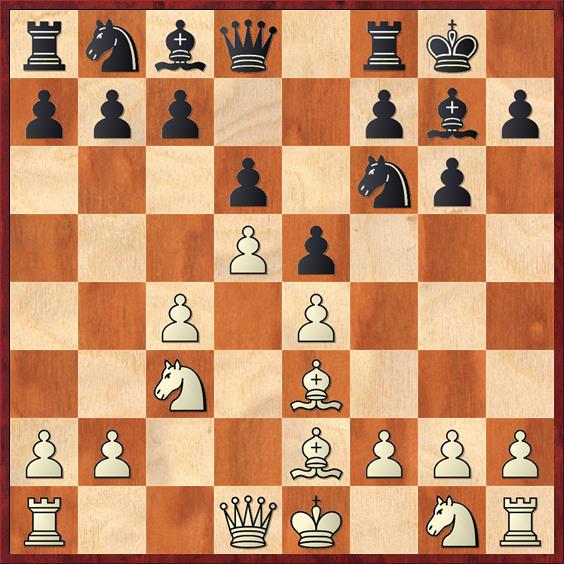
7...Na6
Deviating from the first game, where Black played 7...a5. Sokolov sticks to his plan.
8.g4 c6
8...Nc5 is the main line, on which Sokolov had focused his analyses. Jorden had analysed it for a while, but decided on something different. The text move is a slightly less well known plan, by transposition.
9.g5 Ne8 10.h4 f5 11.gxf6
White wants to keep the pressure, instead of going for typical King’s Indian play with, for instance, 11.Nf3.
11...Nxf6 12.h5
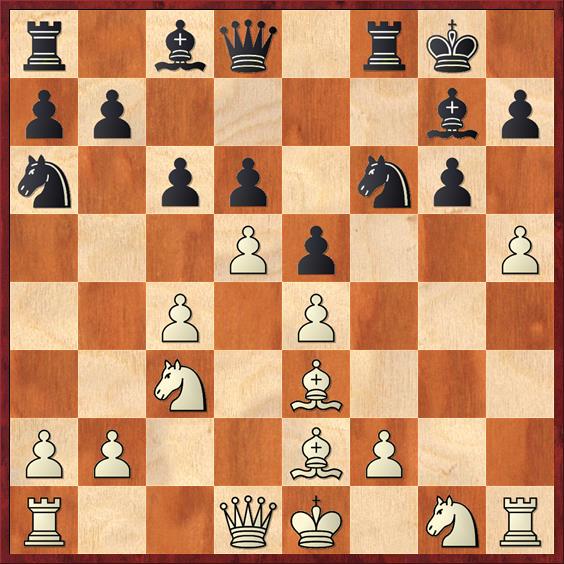
12...Qa5
Quickly played – probably a little too quickly. The serious alternative was 12...gxh5, after which Sokolov had planned 13.Bxh5 and Bf3. ‘With hindsight, I should have played that’, Van Foreest said. ‘I had seen ...Qa5 in another line and thought it could be played here as well.’ Sokolov’s comment was: ‘In both his losses, Jorden put his pieces too far away from his king.’ Right after the game, he had already whispered ‘Attack and Defence’ in our ear. In his book Sacrifice and Initiative, Sokolov explains that no attack can be successful unless the attacker has more pieces at hand than the defender.
13.hxg6 Nxe4 14.gxh7+
Today’s commentator, Hans Böhm, preferred 14.Rxh7, but here Sokolov already saw mate patterns with Nf3-h4-g6 looming up. A concrete line: after 14.Rxh7 Black can play 14...Bf5 15.Bd3 Rf6, and g6 will fall. That wouldn’t mean the end of the game, but it would have offered Black better chances than the actual game.
14...Kh8 15.Nf3 Nxc3 16.bxc3
After 16.Qd2 Sokolov didn’t fancy the line 16...Nc5, after which White has to recapture with 17.Qxc3 (17.bxc3? Nb3). ‘I wanted to keep the queens on the board.’
16...cxd5
What should Black do here? After 16...Qxc3+ White moves away with 17.Kf1! and then 17...Bf5 18.Nh4. Now perhaps 18...Be4 (the trick 18...Qxe3 19.fxe3 Bc2+ doesn’t work in view of 20.Kg1 Bxd1 21.Ng6#) 19.Kg1 Rf6 still puts up some kind of defence.
16...Rxf3 17.Bxf3 Qxc3+ is a more drastic method, but after 18.Bd2 Black doesn’t have enough.
17.Kf1 Bf5 18.Nh4
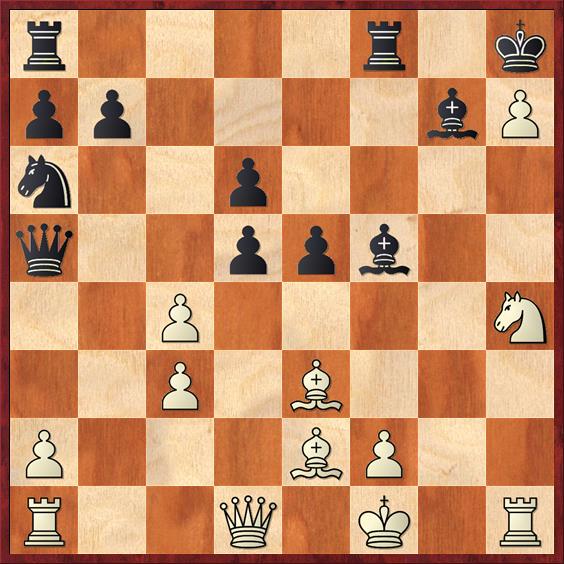
Again, putting up the mate threat on g6.
18...dxc4?
Van Foreest called this his decisive mistake. But already good advice didn’t come cheap for Black, for example: 18...Nc7 19.Rb1 or 18...Rf6!? 19.Bg5.
19.Bxc4
With many terrible threats. Sokolov also contemplated 19.Bg4 Be4 20.Bf3 Bf5 ‘and White is better, but I thought there was more in it for me.’ 20...Rxf3 21.Qxf3 Bd3+ 22.Kg2 Rf8 23.Qxb7 Nc5 does not give Black enough for the exchange.
19...Rac8 20.Be6!
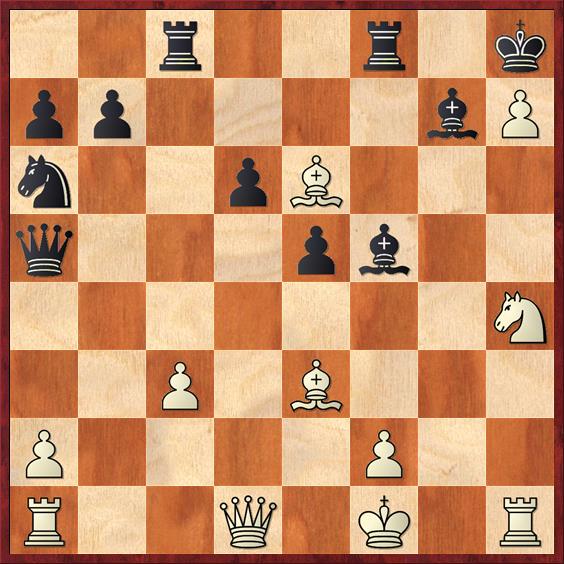
And it’s over. The rest is agony for Van Foreest.
20...Be4 21.Qg4 Bd3+ 22.Kg1 Rce8 23.Bf5!
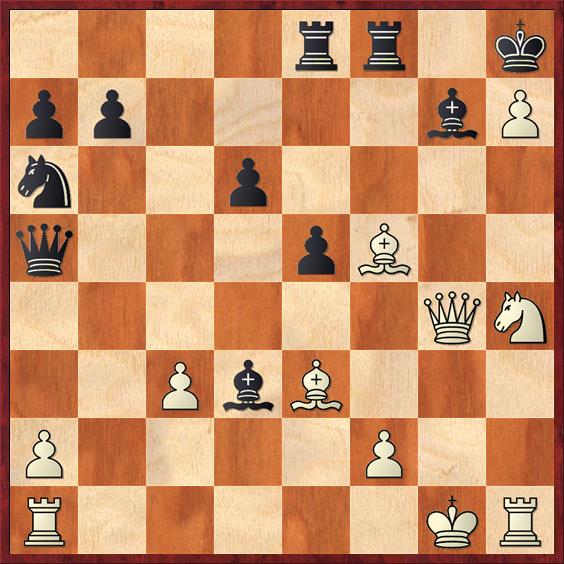
Here we have the unique circumstance that for the second time in this tournament the Novotny motif appeared on the board. The first time was 35...Bc6! by Jan Werle two days ago, as Dolf Wissmann wrote to us. g6 is the square White wants to cut off for Black. Werle’s Novotny was ‘cleaner’, by the way.
23...Bxf5 24.Qxf5 Rf6 25.Bg5 Rfe6 26.Ng6+ Rxg6 27.Qxg6 Rf8 28.Be7 Rxf2 1–0

Ivan Sokolov with commentator Hans Bohm. Foto: Lennart Ootes
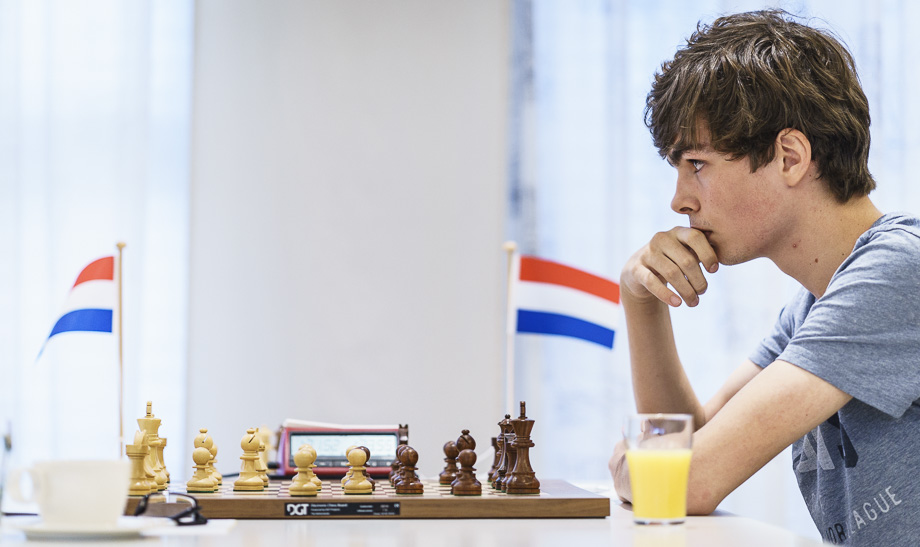
Jorden van Foreest. Foto: Lennart Ootes
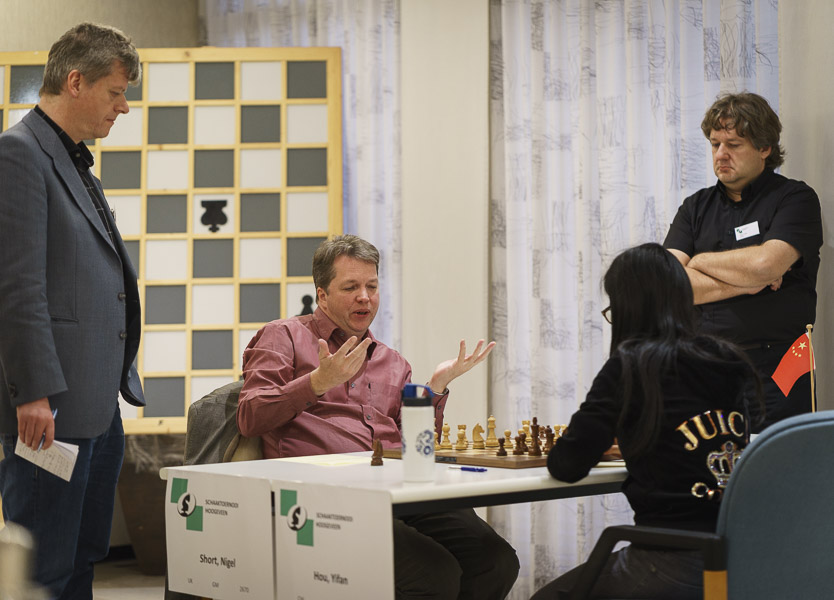
After the game. Short-Hou. Photo: Lennart Ootes
Yesterday Nigel Short promised some more entertainment for the last four games of his match with Hou Yifan, but also today his approach was solid-strategic. He opted for a typical Catalan grind. Here it’s best for Black to sit on your hands for as long as possible, but Hou Yifan just had to do something at move 17.
Short – Hou Yifan
1.Nf3 d5 2.d4 Nf6 3.c4 e6 4.g3 Be7 5.Bg2 0–0 6.0–0 dxc4 7.Qc2 a6 8.Qxc4 b5 9.Qc2 Bb7 10.Bf4 Nc6 11.Nc3 Nb4 12.Qc1 Qc8 13.a3 Nbd5 14.Nxd5 Nxd5 15.Bg5 f6 16.Bd2 c5 17.Ba5
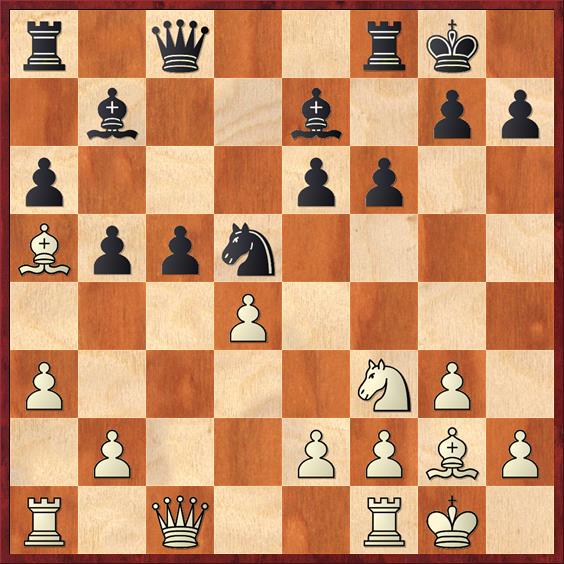
17...f5!?
Rather double-edged. Short thought that 17...c4 18.e4 Pc7 19.Df4 Pe8 was still quite playable for Black. ‘Some position like this is what I expected. By the way, I was going to play 19.De3, keeping the tension. But it’s not that clear. After 19…Ne8 20.Nd2 you can consider 20…e5, for instance.’
18.dxc5 Qxc5?!
After the queen swap, the bishop on b7 is unprotected, and the pin on the Pd5 will become a nuisance for Black. 18...Lxc5 was still quite playable.
19.Qxc5 Bxc5 20.Ng5!
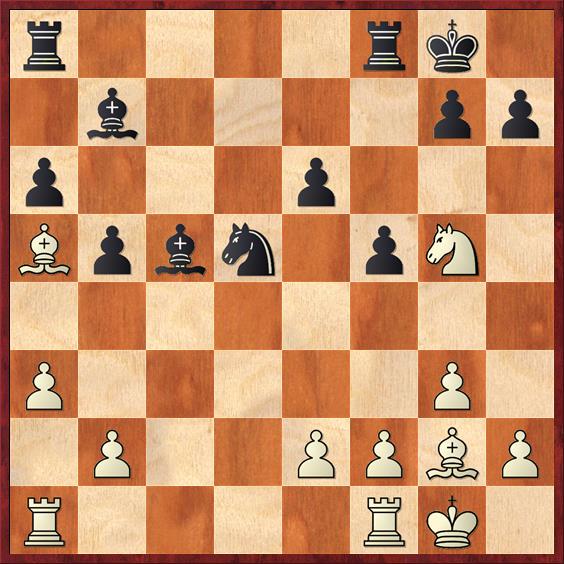
Now it becomes clear how vulnerable Black’s centre is.
20...Rfe8
The move with the other rook, 20...Tae8, seemed to offer some more counterchances, but White doesn’t have to bite right away: after 21.Tad1 La7 he can not only play 22.Tfe1, after which Black can try to muddy the waters by 22...f4, but much more annoying is 22.e3!.
21.Rad1 Ba7
There’s nothing Black can do about the pawn loss.
22.Nxe6 Rxe6 23.Rxd5! Rxe2 24.Bc3 Bc6 25.Rxf5 Bxg2 26.Kxg2 Rf8 27.Rxf8+ Kxf8 28.Kf3 Rc2
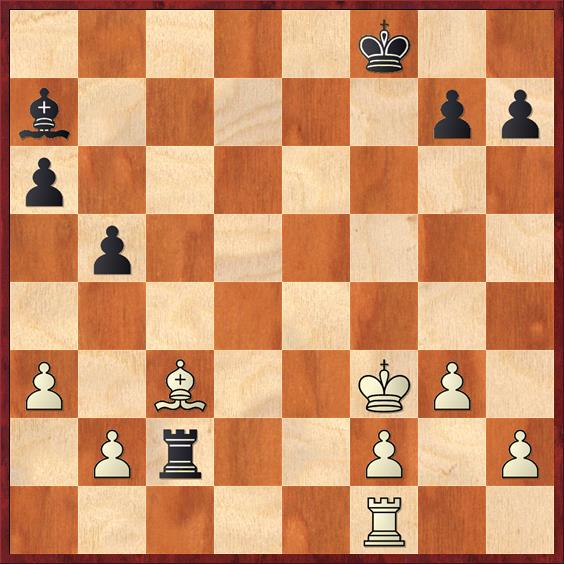
Remembering an old game against Jan Timman, Short found a simple and effective king march:
29.Ke4 Te2+ 30.Kd5 Kf7 31.Kc6 Te6+ 32.Kb7
After that, the game was essentially decided.
‘My technique was terrible’, Short sighed. ‘I just got nervous.’ ‘Well, you did play quite straightforwardly’, Hou Yifan said encouragingly. And this was true:
32…Lc5 33.Td1 g5 34.Td5 Le7 35.f4 gxf4 36.gxf4 Th6 37.f5 Txh2 38.Kxa6 Tc2
‘After this move I thought “Oh my God!” for a moment’, said Short. ‘I was getting confused.’ But the bishop ending is clearly winning.
39.Td7 Ke8 40.Td2 Txd2
Or 40…Tc1 41.Te2 Kd7 42.Th2.
41.Lxd2 h5 42.Kxb5 h4 43.Kc6 Lf6 44.b4 Le5 45.Le3 h3 46.Lg1 Kf7 47.a4 Kf6 48.a5 Kxf5 49.a6 Ld4 50.Lh2 1–0

Hou Yifan. Photo: Lennart Ootes

Nigel Short. Photo: Lennart Ootes

 .
. 






















